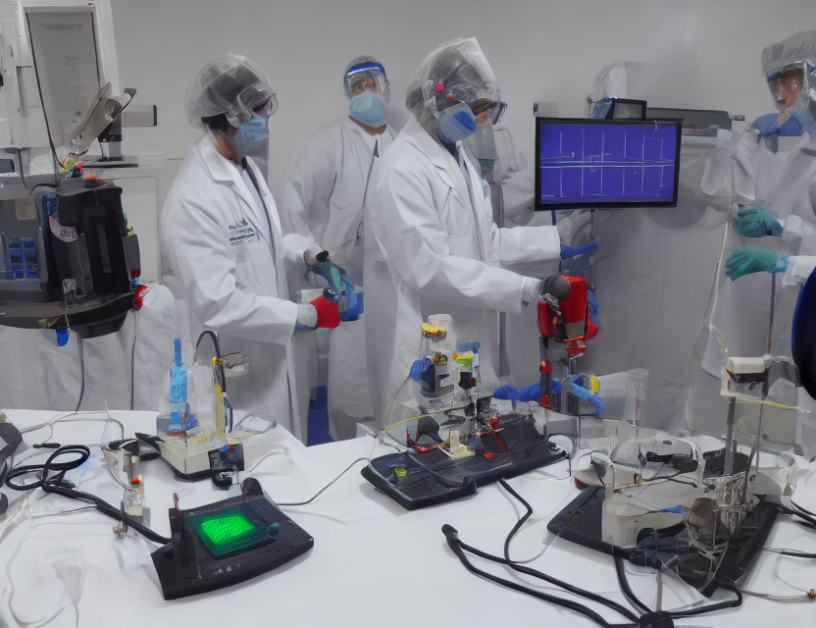SLAM (Simultaneous Localization and Mapping) is a technique used to create a map of an environment while simultaneously localizing a device within that environment. In this article, we explore the concept of mapping in the context of SLAM.
The primary objective of mapping in SLAM is to present a comprehensive depiction of the surrounding environment, providing a constructed global map for path planning and navigation. There are several challenges associated with mapping, including dealing with outliers and noise in the data. To address these issues, we propose a statistical outlier removal method that suppresses noise for each cluster of points.
In Euclidean clustering, a fixed threshold is typically employed to search for points around the seed points to achieve clustering. However, this approach can lead to outliers in the resulting clusters. To overcome this limitation, we use the average distance from a specific point to its K-neighboring points in the cluster to define a new distance metric.
To determine the level of variation in these distances, we calculate their standard deviation. This analysis helps us identify and remove noise from the data, ensuring the accuracy of our map and device localization.
In summary, mapping is a crucial component of SLAM that enables devices to navigate and understand their surroundings. By using statistical outlier removal techniques, we can improve the quality of our maps and ensure more accurate device localization.
Ablation Experiments Validate Key Techniques in Proposed Pose Estimation Approach



